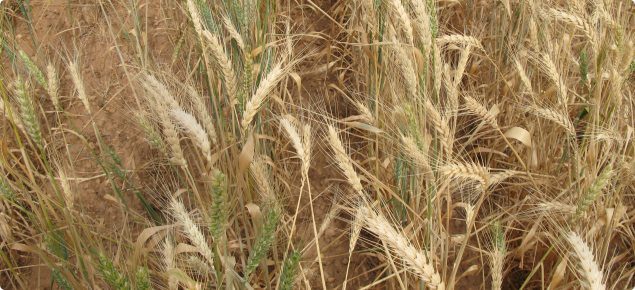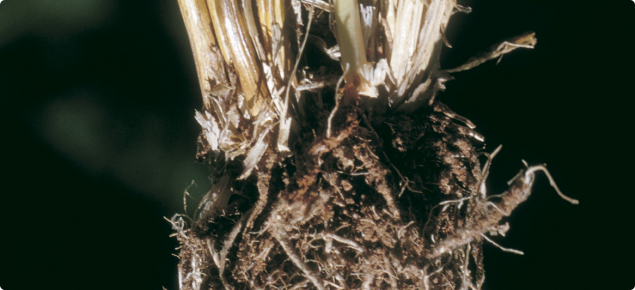Grains Research and Development Corporation have funded a national five year project to establish the yield loss caused by a range of levels of foliar and root disease in cereal cultivars with various levels of resistance/susceptibility.
Crown rot (Fusarium pseudograminearum) is a significant focus within this project with the aim to establish yield loss in wheat cultivars with different levels of resistance in the presence of a range of infection levels across different environments.
| Site | Wongan Hills Research Facility |
|---|---|
| Season | 2016 |
| Treatment | Factor 1: Crown rot inoculum
Factor 2: Wheat variety (all short to short-mid maturities)
|
| Fertiliser | Base rate of nitrogen and fertiliser (Macro Pro Plus) at 80kg/ha at 3cm depth below the seed Trial supplied with additional nutrients during season if required |
| Herbicides | Standard wheat/barley herbicides as required for management of weeds |
| Fungicides | Standard wheat/barley fungicides as required for management of foliar diseases, Prosaro and Folicur not used as these have an effect on crown rot |


